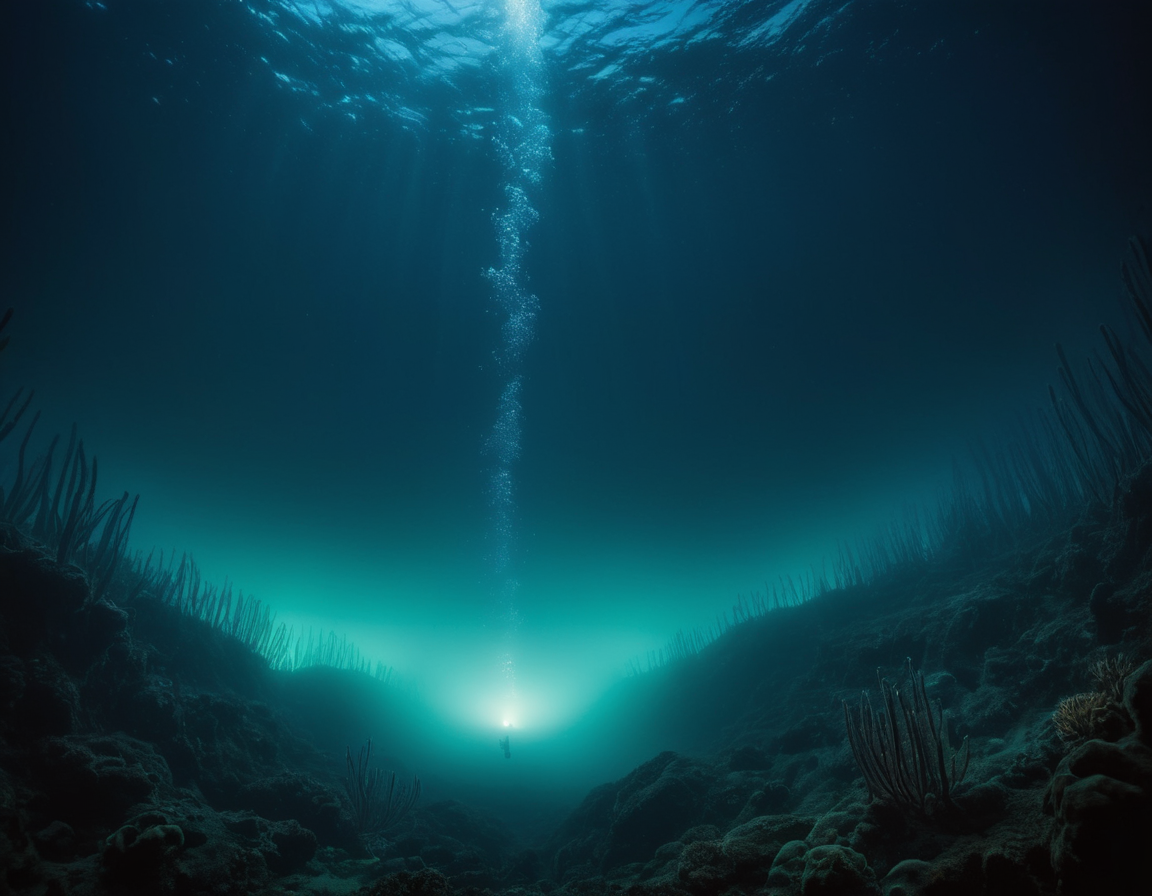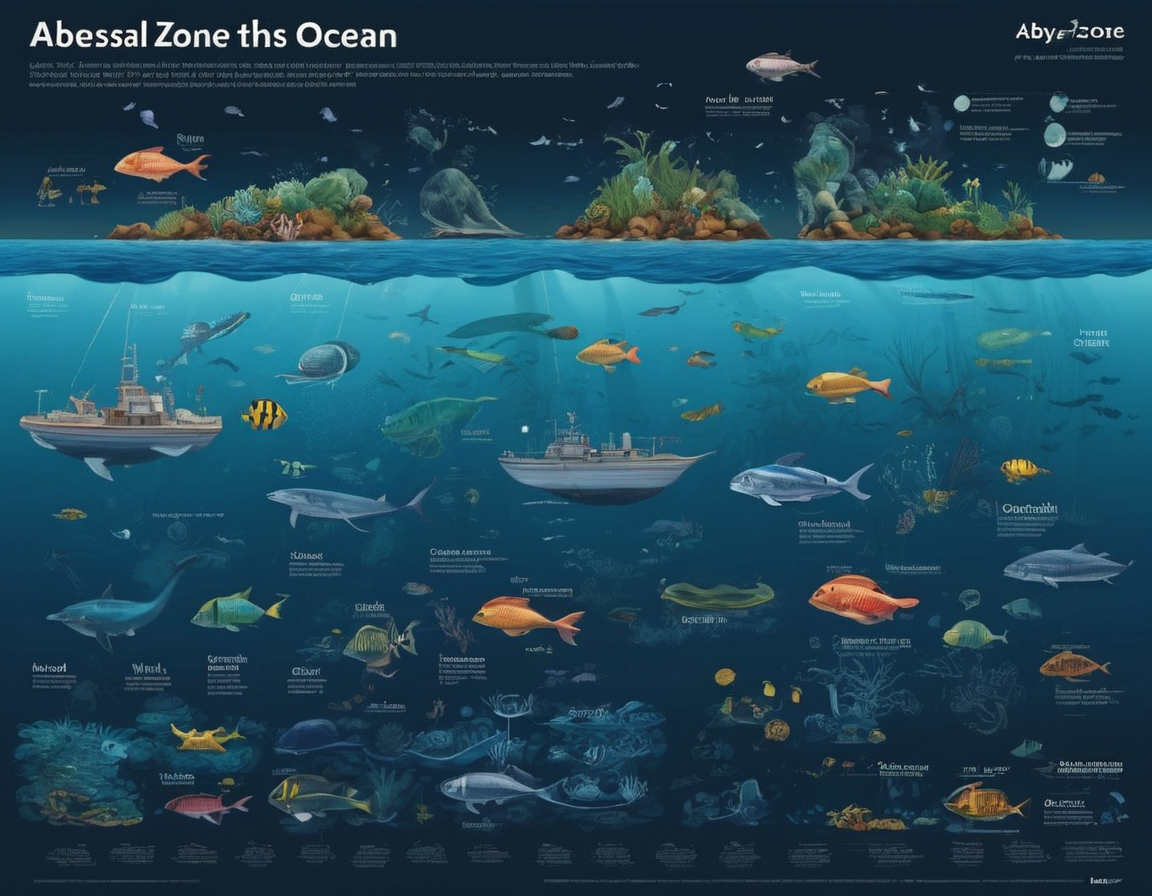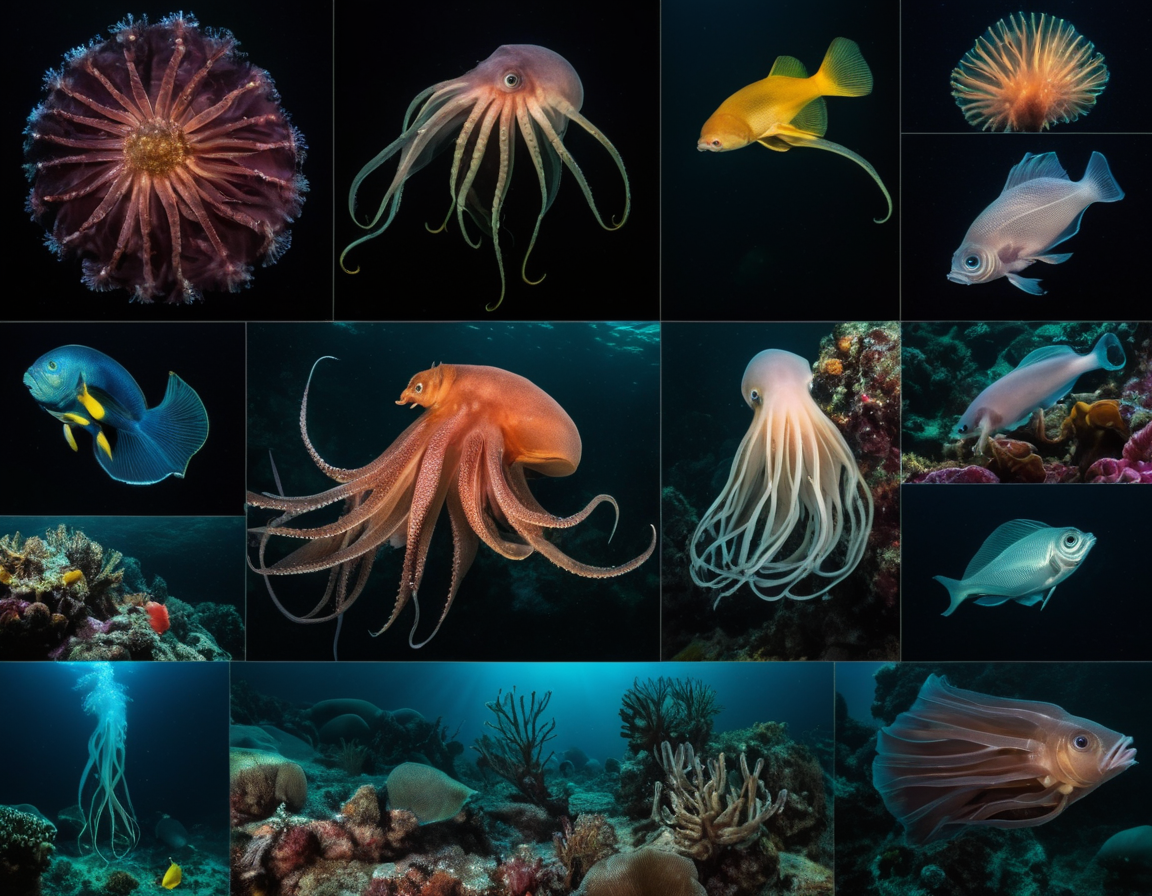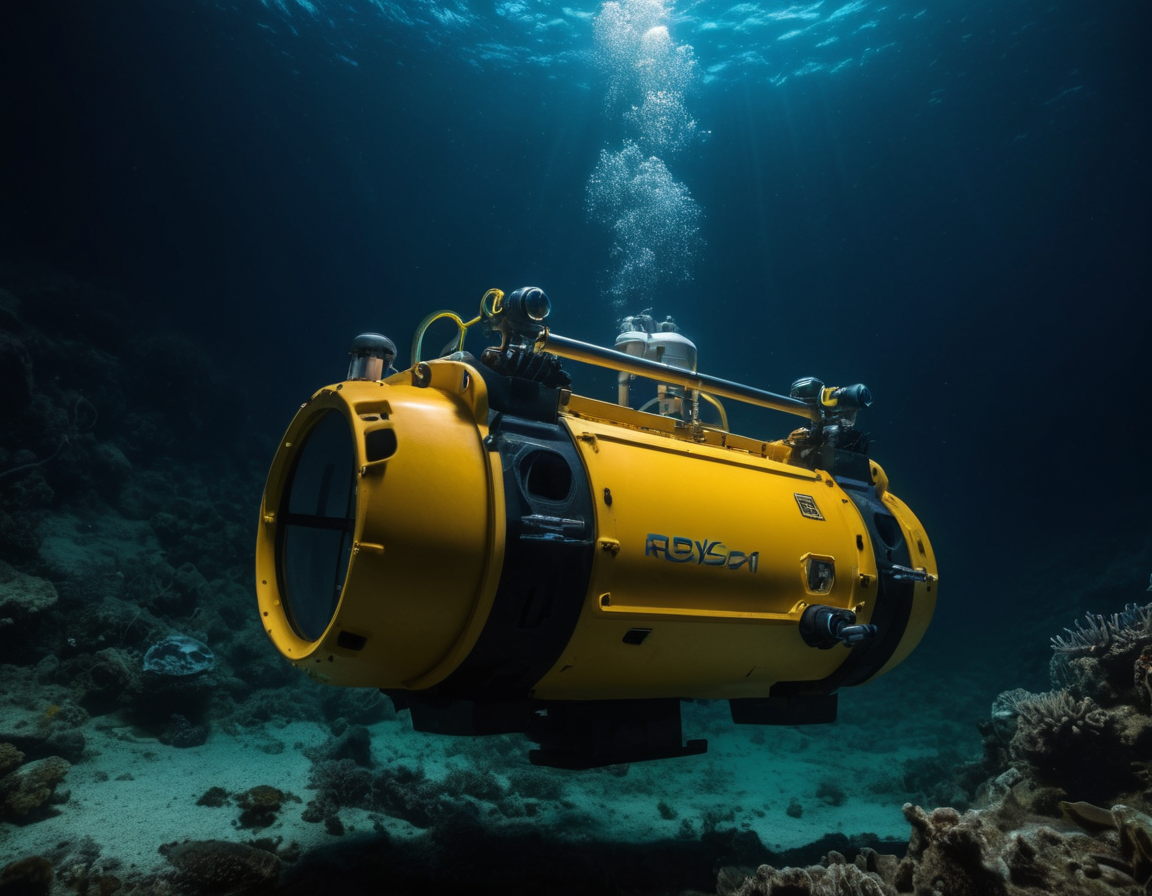Discovering The Deep Sea: A Glimpse Into The Abyssal Zone
Exploring The Depths: A Look into The Abyssal Zone
The deep sea remains one of the most mysterious and unexplored places on Earth, holding secrets and a plethora of species unseen by the human eye.  In today’s post, we’ll dive into the abyssal zone, which lies thousands of meters below the ocean’s surface, and explore what recent research has revealed about this enigmatic part of our planet.
In today’s post, we’ll dive into the abyssal zone, which lies thousands of meters below the ocean’s surface, and explore what recent research has revealed about this enigmatic part of our planet.
What is the Abyssal Zone?
The abyssal zone, often defined as the depths from 3,000 to 6,000 meters below the surface, is a region of sheer cold, immense pressure, and total darkness, making it one of the least hospitable environments for life. Interestingly, despite these harsh conditions, life forms have evolved unique adaptations to thrive here. 
Life in the Abyss
Recent explorations have discovered various life forms that call the abyssal zone home. These include bioluminescent fish, giant squids, and bizarre-looking deep-sea urchins. These creatures have developed fascinating adaptations like slow metabolism rates, reduced skeletal structures, and the ability to produce their own light to survive.
The Importance of Abyssal Research
Understanding the abyssal zone is crucial for several reasons. It holds key insights into biodiversity, climate regulation, and even biomedical resources. For instance, certain deep-sea organisms produce compounds that have potential in treating human diseases. 
Challenges and Future Explorations
Exploring the abyssal depths poses significant challenges due to the extreme conditions. Technological advancements, such as autonomous underwater vehicles (AUVs) and remotely operated vehicles (ROVs), have enabled researchers to capture images and data, providing us with invaluable information about these remote ecosystems. As technology progresses, we can anticipate many more groundbreaking discoveries from the abyss.
Conclusion
The abyssal zone, much like space, is a final frontier here on Earth that continues to amaze and inspire. By expanding our knowledge of the deep sea, we contribute to the understanding of our planet’s biodiversity and uncover potential solutions for future challenges. 
Stay tuned for more fascinating glimpses into the unknown corners of our world.






